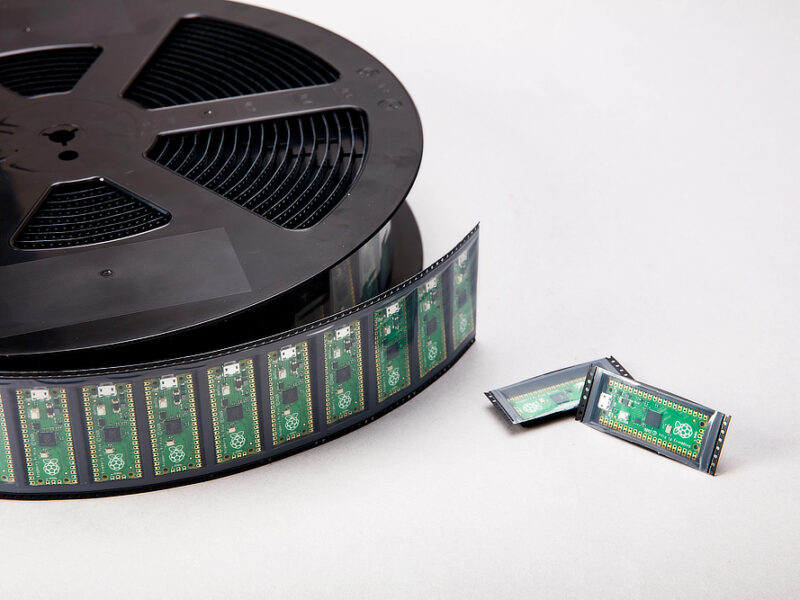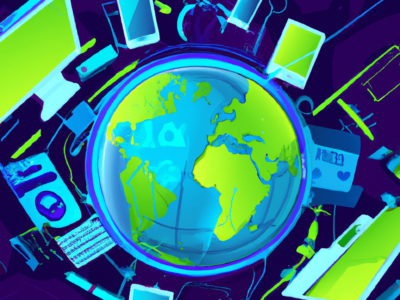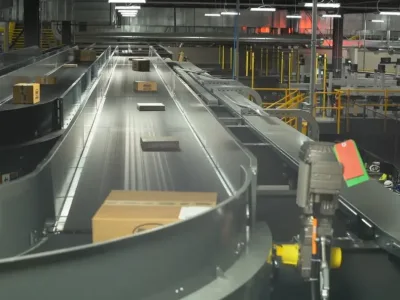
Top news in January
News of Intel’s move of its Core i3 processor to TSMC’s 5nm process marks a major shift in the industry, and naturally saw a tremendous amount of interest. With new CEO Pat Gelsinger returning to Intel shortly, the role of semiconductor manufacturing, from internal capacity to foundry is coming increasingly into the spotlight
This has also led to the role of semiconductors across Europe coming under renewed scrutiny this month, especially with the shortages facing car makers. Contracts were cancelled last year during the first peak of the pandemic, and foundry production shifted to the industrial and consumer market. This has highlighted the critical role of the semiconductor supply chain around the globe.
The prospect of €145bn funding to provide more independence in that supply chain is certainly of interest but faces significant challenges. The industry is also bouncing back from Covid-19 in 2021 with plans for growth despite a potential capacity crunch
The EU is also shaking up the space industry. A €13bn programme will see new innovations centres and a new launcher development to take on SpaceX, which sent a record 143 small satellites into orbit in one launch.
What will follow today’s 5G networks is also an area of close interest. The latest EU 6G project is looking at terahertz frequencies for higher speed wireless communication with even lower latency than today.
While consumer electronics has been on show at the first virtual CES show, medical electronics has been at the forefront of the pandemic over the last year. However Apple’s latest iPhone has demonstrated the risks when the two come together. The magnets in its Magsafe charging mechanism has been shown to interfere with ICD pacemakers, leading to more concerns about how the phones are carried.
While the iPhone issues are of concern, failures in the electronics on Tesla’s electric cars has led to a recall.
Next: More top news in January
The design of the software in the display is reducing the lifetime of the NAND memory module, leading to the recall for replacement.
And there is the latest Raspberry Pi. The original board has been used increasingly in designs across the Internet of Things, with higher performance versions and smaller boards that just focus on compute. Now the Raspberry Pi Foundation has designed its own dual core microcontroller for a simple ‘pico’ compute board for just $4 and supplied on a reel like a component (above).
Silicon on Insulator (SOI) technology is a key strength for Europe, with the chip process delivering lower power. As the SOI Consortium joined with the global semiconductor trade association SEMI at the start of January, what the future holds is up in the air.
Related articles
- TOP ARTICLES IN 2020
- TOP ARTICLES IN NOVEMBER
- TOP ARTICLES IN OCTOBER
- TOP ARTICLES IN SEPTEMBER
- 2020: A YEAR OF MEDICAL INNOVATION
Other articles on eeNews Europe
- A perfect storm for European distribution
- Can hydrogen be cheaper than oil?
- TI shrugs off Covid-19, chip shortages
- Automotive puts ST back on the road to $12bn
- Industry battles over VVC video patents
 If you enjoyed this article, you will like the following ones: don't miss them by subscribing to :
eeNews on Google News
If you enjoyed this article, you will like the following ones: don't miss them by subscribing to :
eeNews on Google News



